Driverless car ‘apolong’ shows up in Pingtan
China’s first commercial driverless microcirculation electric car "Apolong" manufactured jointly by Baidu and King Long made a stunning appearance at Pingtan Driverless Car Test Base.
The district's public security traffic management department issued China’s first six test licenses for driverless cars without steering wheel to Baidu and King Long.
China’s First Test Licenses for Driverless Cars without Steering Wheel are Issued
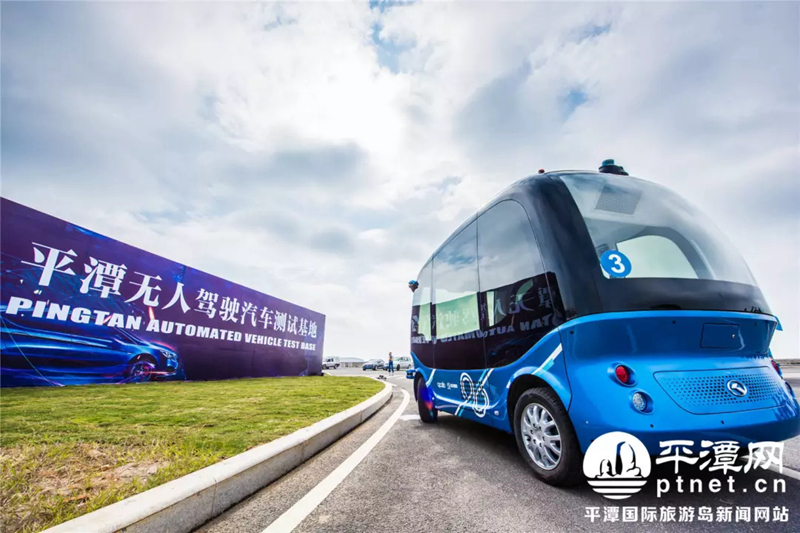
On March 30, a driverless car without steering wheel and pedals was running on Pingtan Qilin Avenue, automatically changing course and turning around, until a 3.6-kilometer driverless journey was completed.
It is learned that this is the first commercial driverless microcirculation electric car Apolong manufactured jointly by Baidu and King Long. On that day's afternoon, "Apolong" underwent field testing at Pingtan Driverless Car Test Base. After assessment, the district’s public security traffic management department granted China's first six test licenses to King Long and Baidu (each 3). It is the first time that a driverless car without steering wheel has been issued a test license and officially tested on the road.
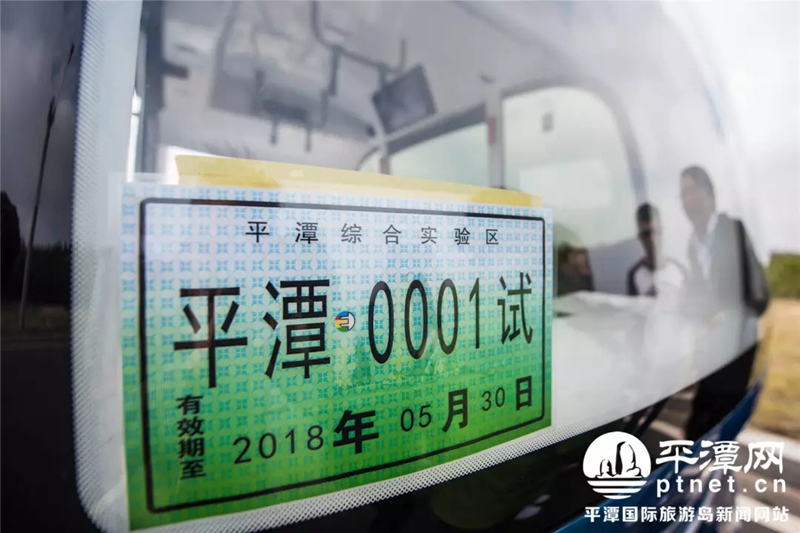
According to Chen Weiqiang, Vice President of King Long Automotive Engineering Research Institute, "Apolong" is a new type of electrical, electronic and intelligent car that has overturned the traditional design concept of cars. It is China's first prototype car without steering wheel, throttle and brake pedal. The car body is made from RTM light composite materials, featuring novel technologies such as integrated fully-curved glass, wide electric door and automatic barrier-free channel.
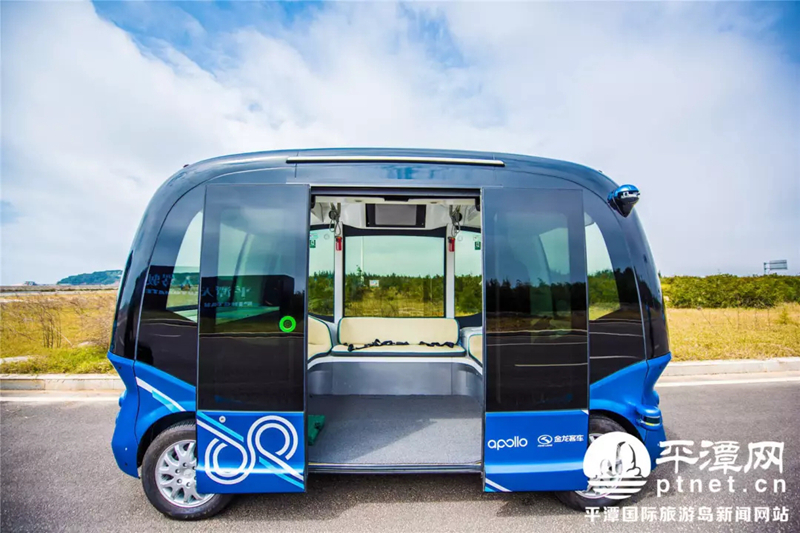
According to Shang Guobin, General Manager of Integrated Management Department, Intelligent Driving Group, Baidu, "Apolong" is developed with an orientation towards commercialization and has achieved L4 autonomous driving (Note: highly autonomous driving where all driving operations are completed by the driverless system). The initial scenario to be realized focuses on the "last kilometer" of commute. It is planned to firstly commercialize certain scenarios like automatic interchanges at scenic spots, parks, airports, etc. The car is also capable of performing specific service tasks through human-computer interaction.
Additionally, he said, with the gradual resolution of issues regarding technologies, regulations, infrastructure, costs, etc., the application of autonomous driving will be further expanded to semi-enclosed venues and even open roads to cover shuttle lines, tourism, buses, etc., with mass production scheduled to commence in July.
Equipped with Multiple Sensors and Capable of Running at a Speed of up to 70 kmph
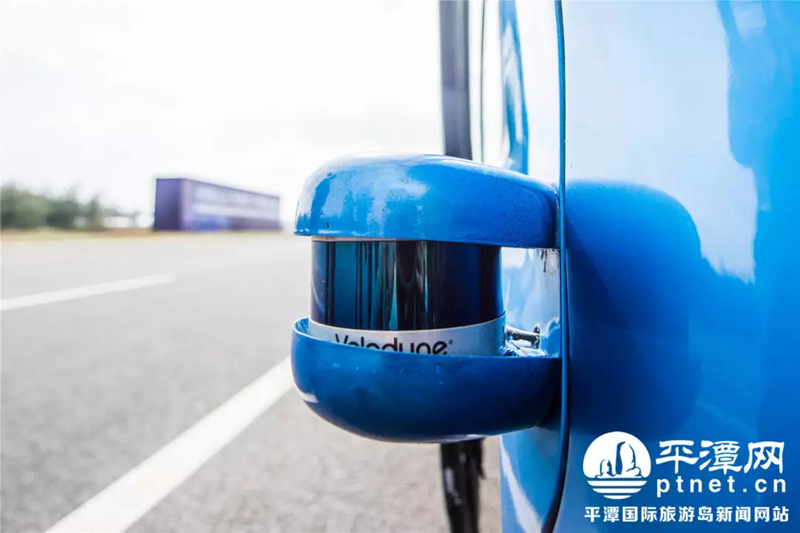
On the car body, we can see laser radar, ultrasonic radar and other sensors used to identify and detect the surrounding objects. In addition, the car is also capable of judging the traffic flow, identifying road signs, avoiding obstacles, etc. It is understood that the car can carry 14 people and run 100 km after charging for two hours.
"A driverless car incorporates multiple sensors, does not slope away like human beings, and can continuously monitor road conditions. It can run at a maximum speed of 70 kilometers per hour, but most parks have a speed limit. According to the local ecosystem, the average speed is 20 to 30 kilometers per hour. If there is manual takeover, the speed can reach 40 kilometers per hour.” Chen Weiqiang added.
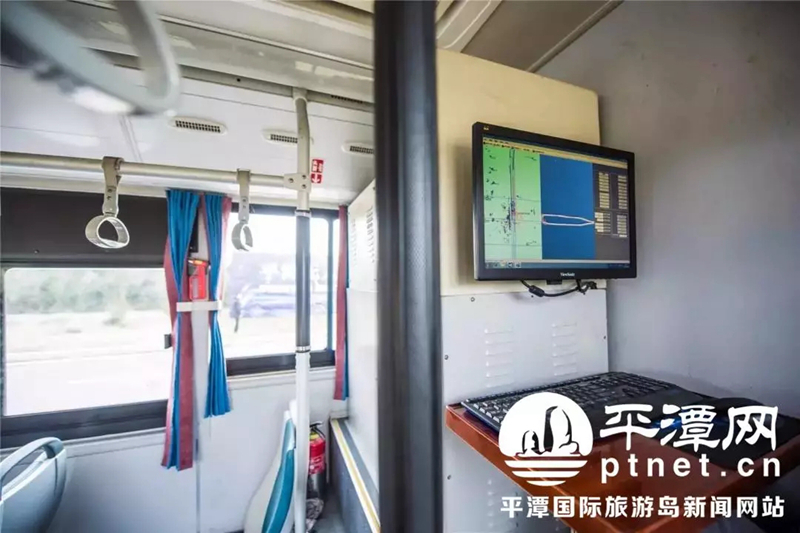
"Now we are developing driverless microcirculation solutions that allow users to interact with natural language conversations, using taxi hailing app the same way like DiDi, which offers precise positioning.” Chen Weiqiang said.
Pingtan has Implemented Test Management trial Measures
"The existing test bases include Beijing, Shanghai and Chongqing. In contrast, Pingtan has unique environmental advantages. In addition to the relatively safe and spacious Qilin Avenue, the wind of Pingtan is also a factor in the test.” Shang Guobin said that the next step would be to continue carrying out driverless car tests in Pingtan, which is rich in tourism resources, and once certain conditions are ripe, phased operations will be conducted at certain tourist attractions such as Huandao Road in Pingtan.
It is learned that Pingtan has selected the western section of Qilin Avenue in the central and western part of Pingtan Island as the first test site, which has a total length of more than 6 kilometers, where supporting facilities such as new energy charging piles and high-speed mobile information communication base stations will be built to basically guarantee the launching of driverless car tests.
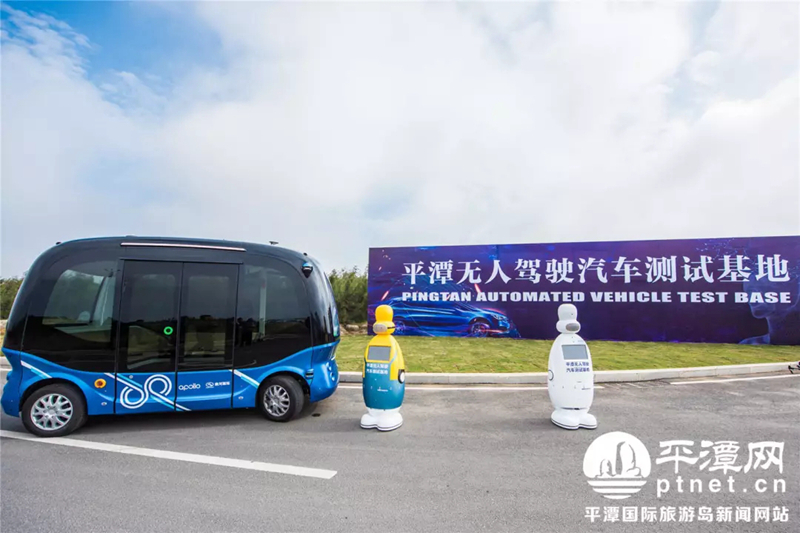
According to the staff of the Pingtan district’s Economic Development Bureau, Pingtan has implemented trial measures on driverless car test management. Considering the location strategy and resource advantages, legal person units in Taiwan are allowed to be the first in China to carry out driverless car tests in Pingtan, which can promote cross-strait exchanges and integration. By breaking through the bound of driverless car tests, motor vehicles without steering wheel are also allowed to undergo such tests. Pingtan will take the lead in replacing drivers with safety officers, breaking through the operation mode of driverless car tests, and propose that pilot application could be carried out first in the island when certain test conditions are met.
- Building Pingtan into new node on digital Maritime Silk Road, says CAS Academician
- Driverless car ‘apolong’ shows up in Pingtan
- Applicable Guidelines for Cataloguing Income Tax Preferences for Enterprises (in the Tourism Industry) within the Pingtan Comprehensive Pilot Zone
- Provisional Regulations of the Pingtan Pilot Zone for Promoting Headquarter-Focused Economic Development

